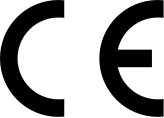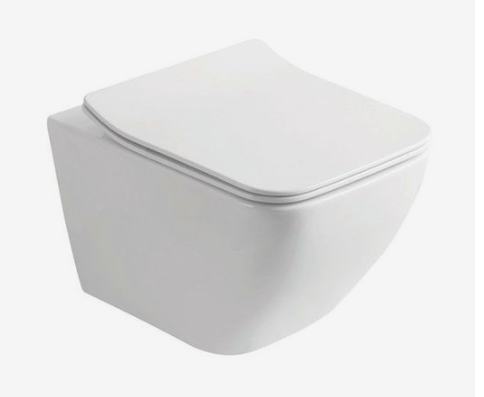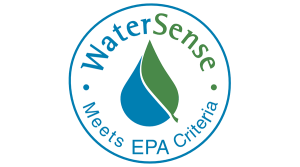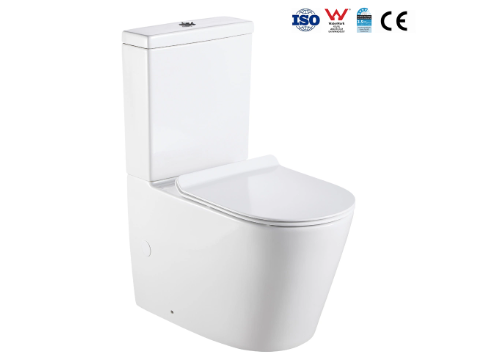The European market has strict certification requirements for toilets. This is to ensure that consumers can enjoy safe, environmentally friendly and high-quality products when purchasing and using toilets. The following are the key requirements for toilet certification for the European market:
1.CE certification
CE certification is one of the essential certification marks in the European market. This mark indicates that the product complies with the legal requirements of the European Economic Area (EEA), including toilets. CE certification ensures that products comply with the EU’s safety, health and environmental requirements and is one of the basic requirements for toilets to enter the European market.

CE certification for toilet
2.Comply with EN standards
European Standards (EN) are technical specifications for the European market. Toilets need to meet specific EN standards to ensure that their design, dimensions, materials and performance meet European requirements. These standards cover everything from the construction of the toilet to the amount of water used, ensuring the quality and performance of the toilet.

Comply with EN
3.Water efficiency label
In the EU, toilets are required to comply with water efficiency labeling requirements. These labels typically display a product’s water efficiency performance, including water savings and water efficiency rating. The European WaterSense mark is one of the common marks, which indicates a product’s performance in water conservation. Today, as water resources become increasingly scarce, water efficiency labels are becoming more and more important to consumers and are also one of the important reference standards for them to choose toilets.

Water efficiency label
4.Environmental certification
In addition to water efficiency labels, some European countries may also require toilets to meet specific environmental standards. These standards may include restrictions on toilet materials, requiring the use of renewable materials or reducing the carbon footprint of products. These certifications and standards are designed to promote sustainable development and reduce negative impacts on the environment.

Environmental certification
5.Health and safety certification
Finally, the toilet needs to be certified for health and safety. These certifications ensure that the product will not cause harm to the user or endanger health during use. For example, toilets need to pass relevant health inspections to ensure that the materials they are made of do not contain harmful substances, and that the design and structure of the product can ensure the safety of users.
To sum up, the certification requirements for toilets in the European market cover many aspects, including safety, environmental protection, water efficiency performance and quality. Toilets that meet these certification standards can provide consumers with a safe, reliable, water-saving and environmentally friendly experience, and are also a basic requirement for toilet manufacturers to enter the European market. Therefore, for toilet manufacturers who want to succeed in the European market, it is crucial to ensure that their products comply with relevant certification standards.

